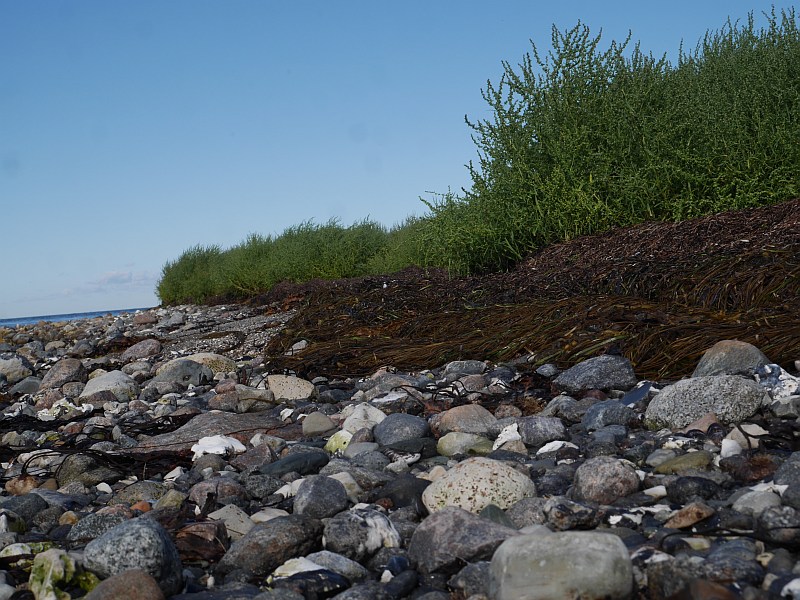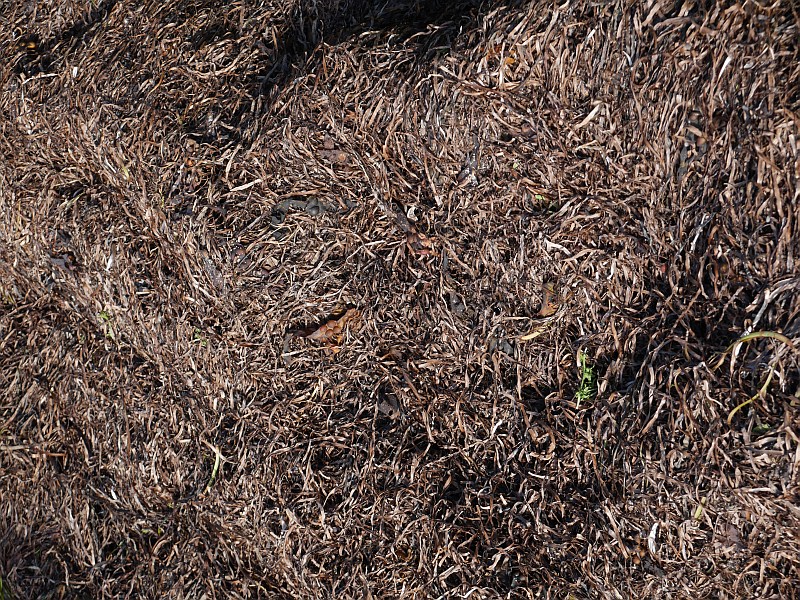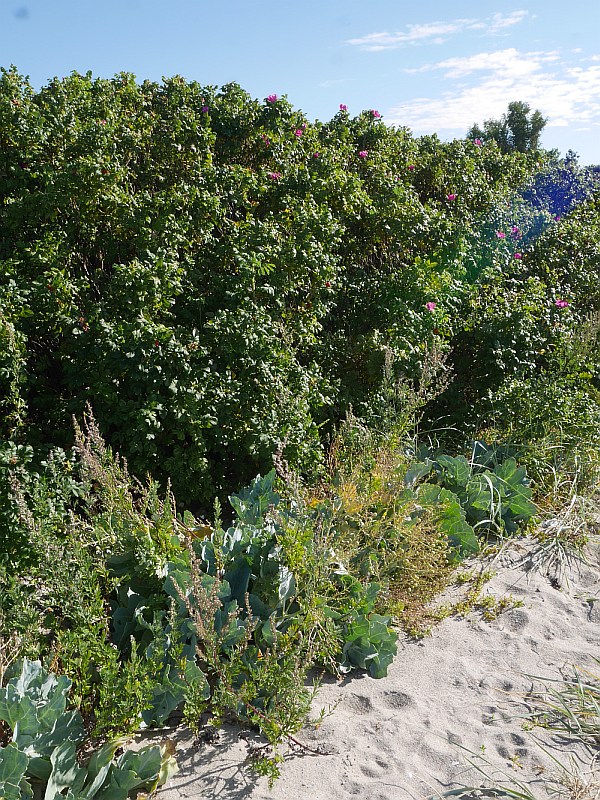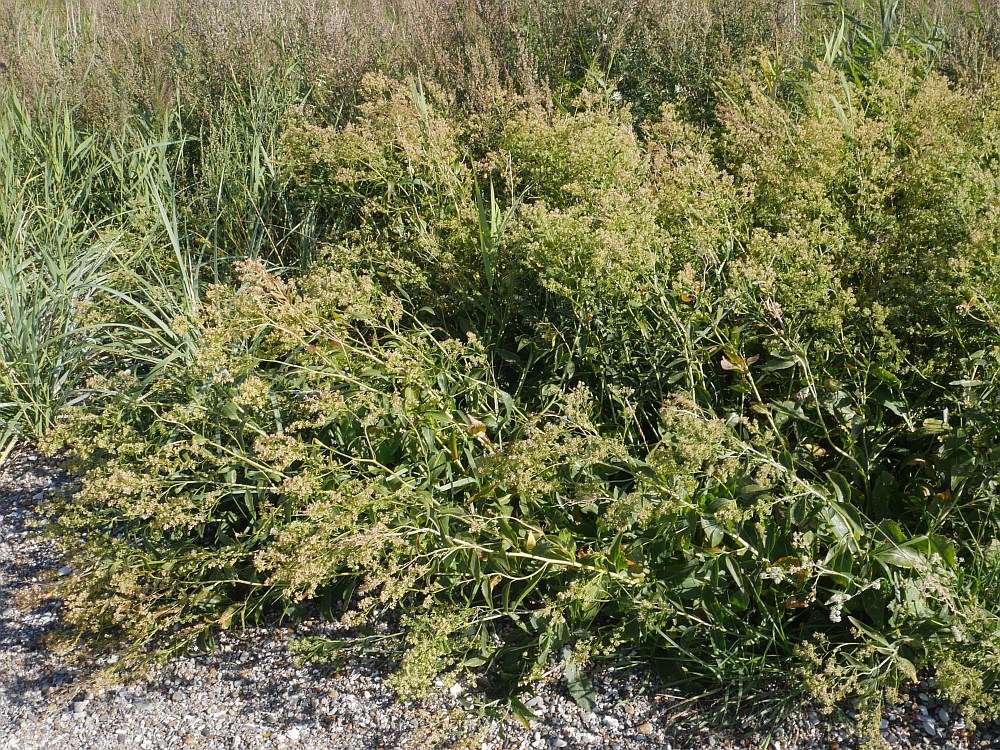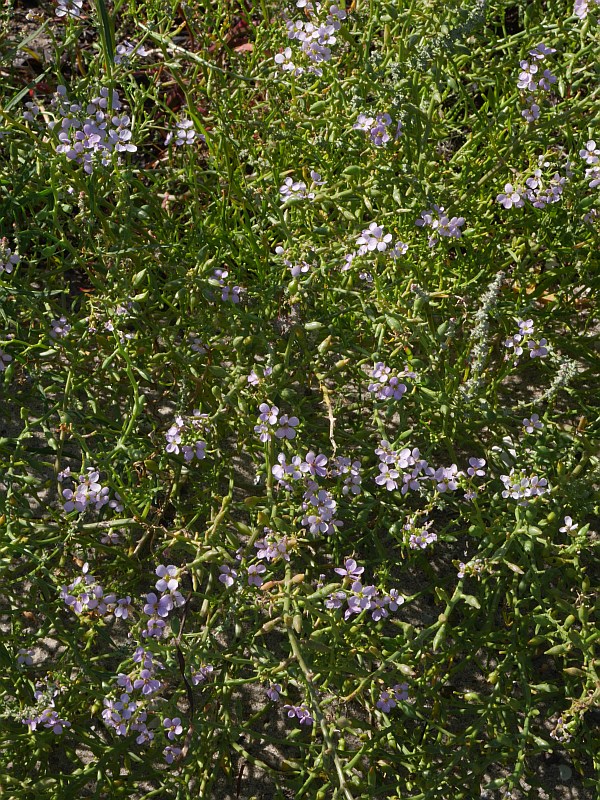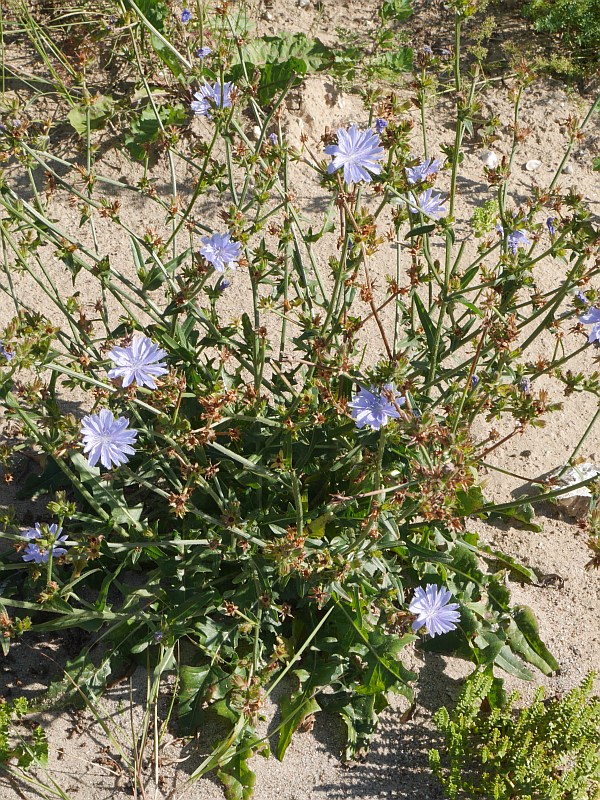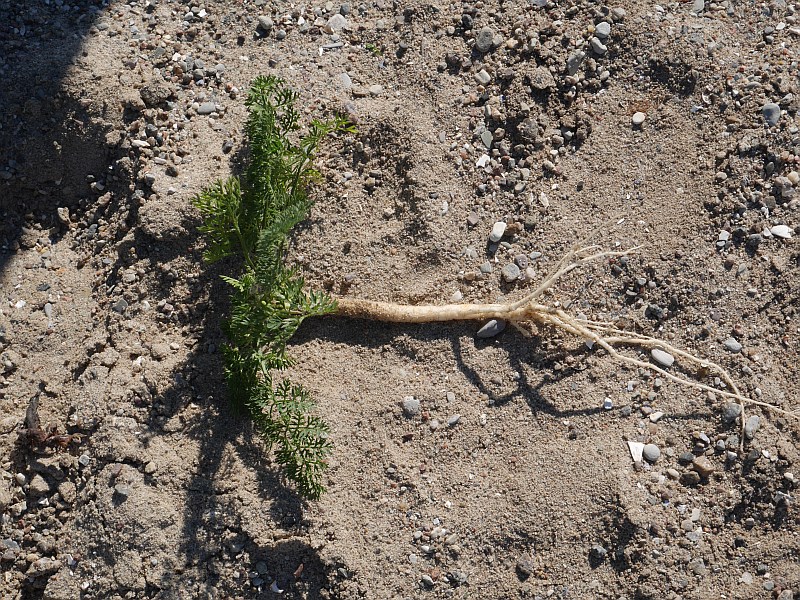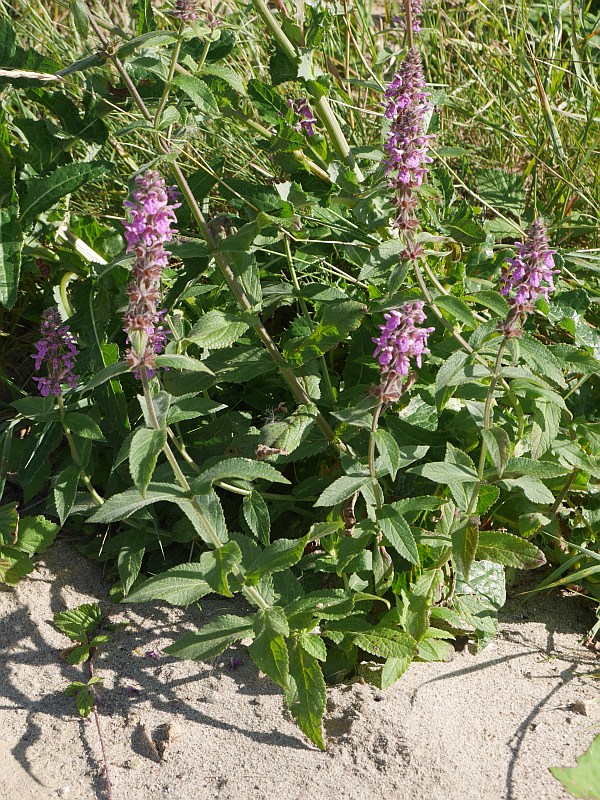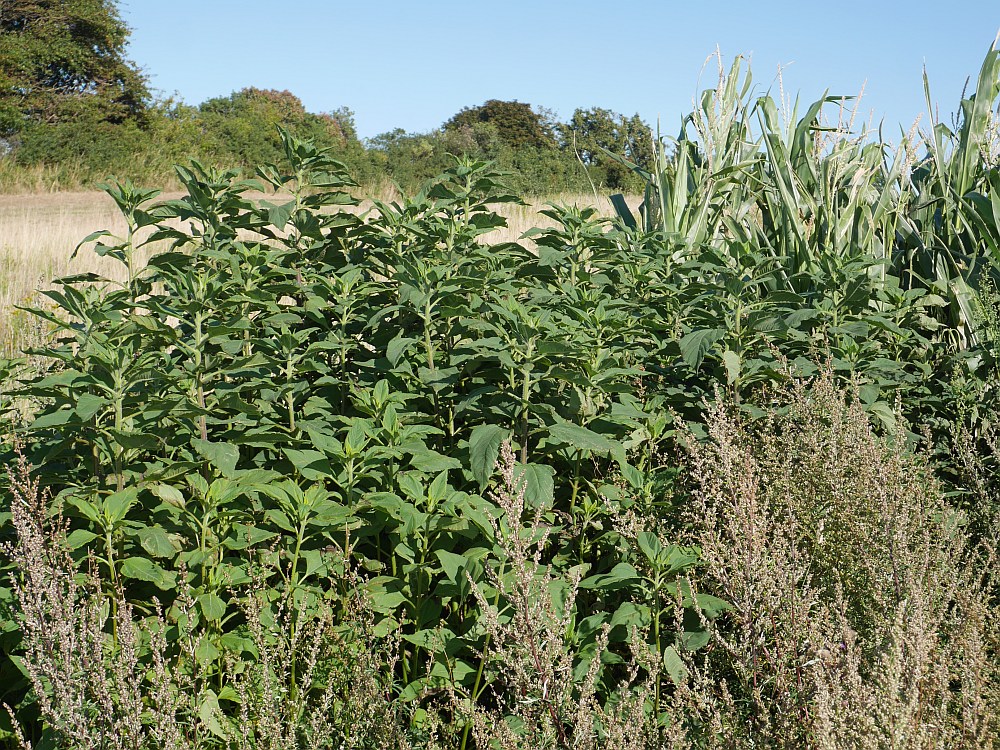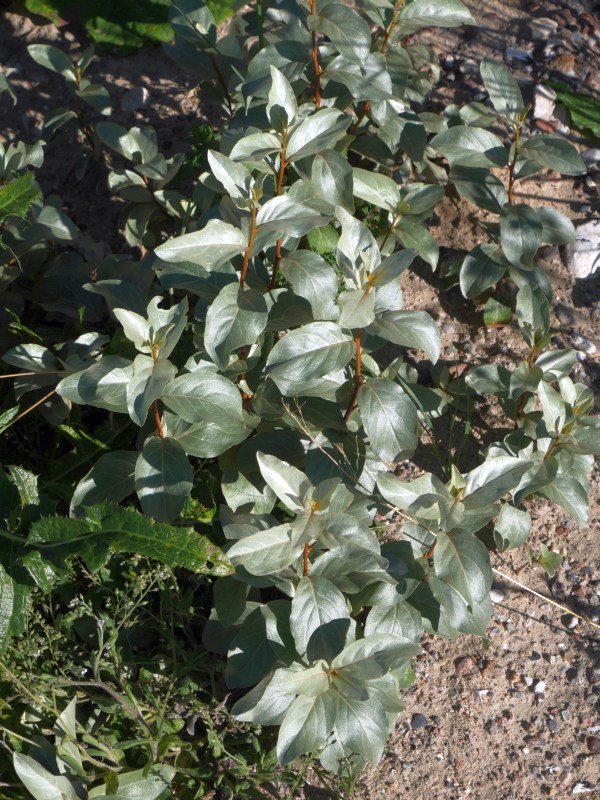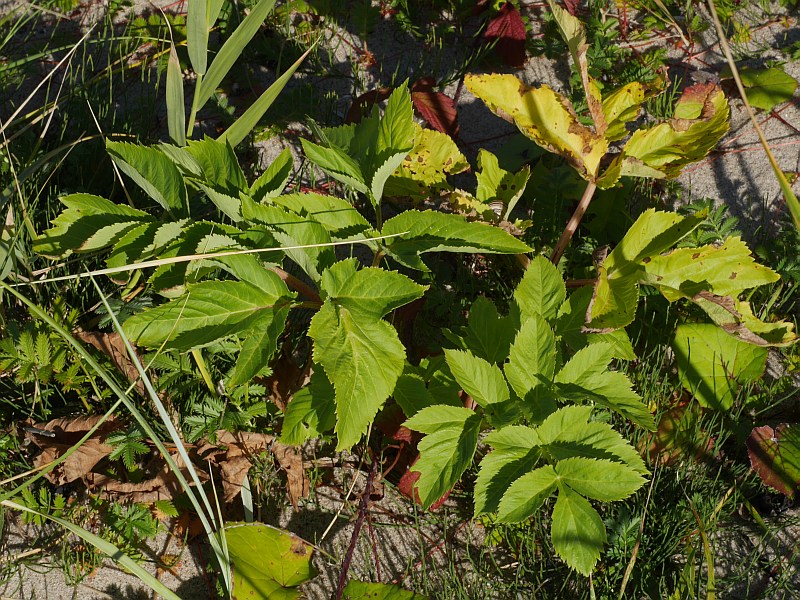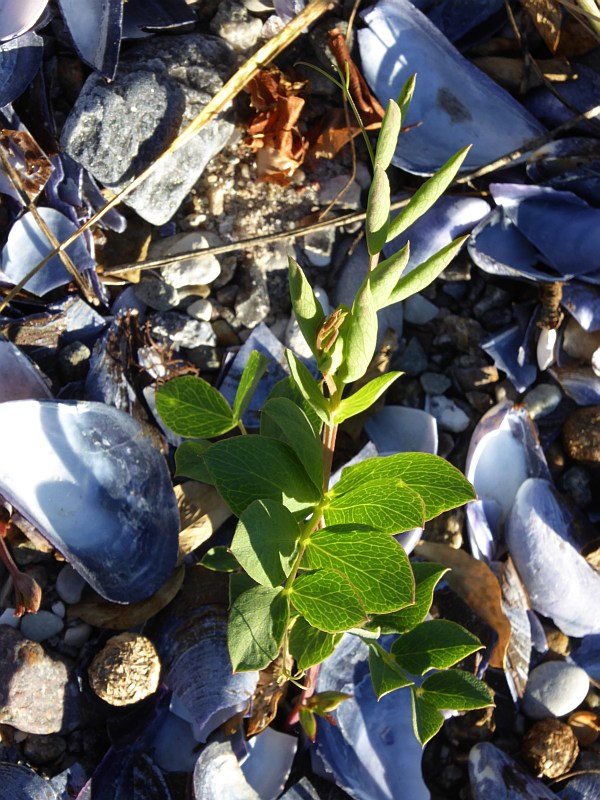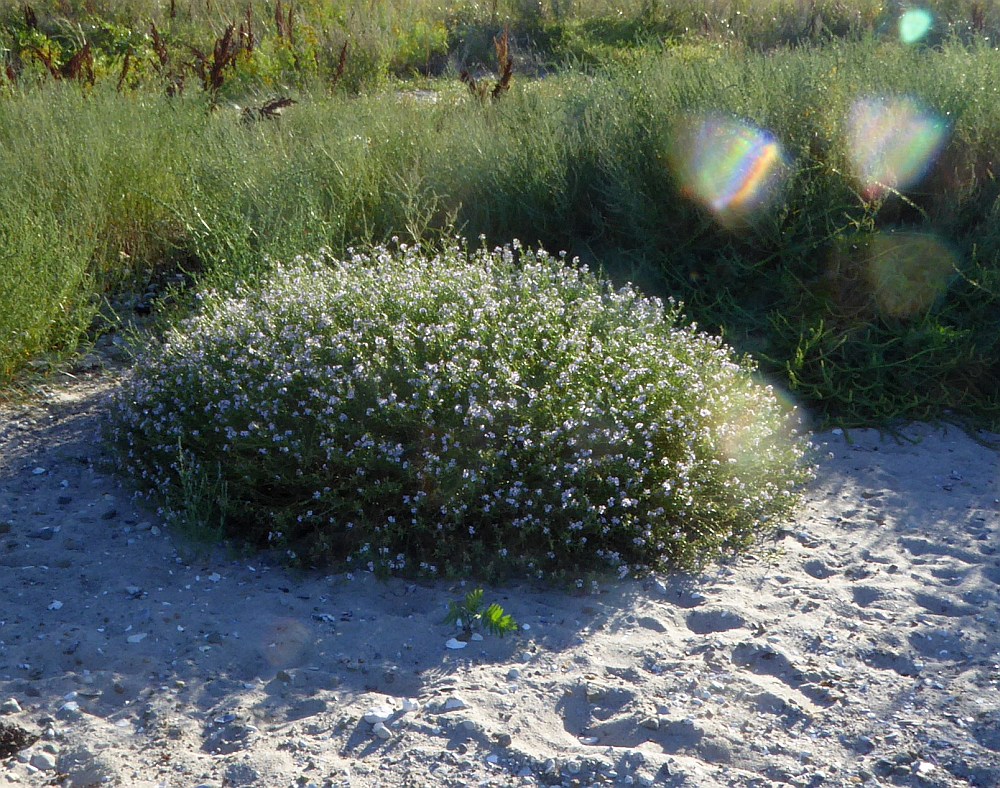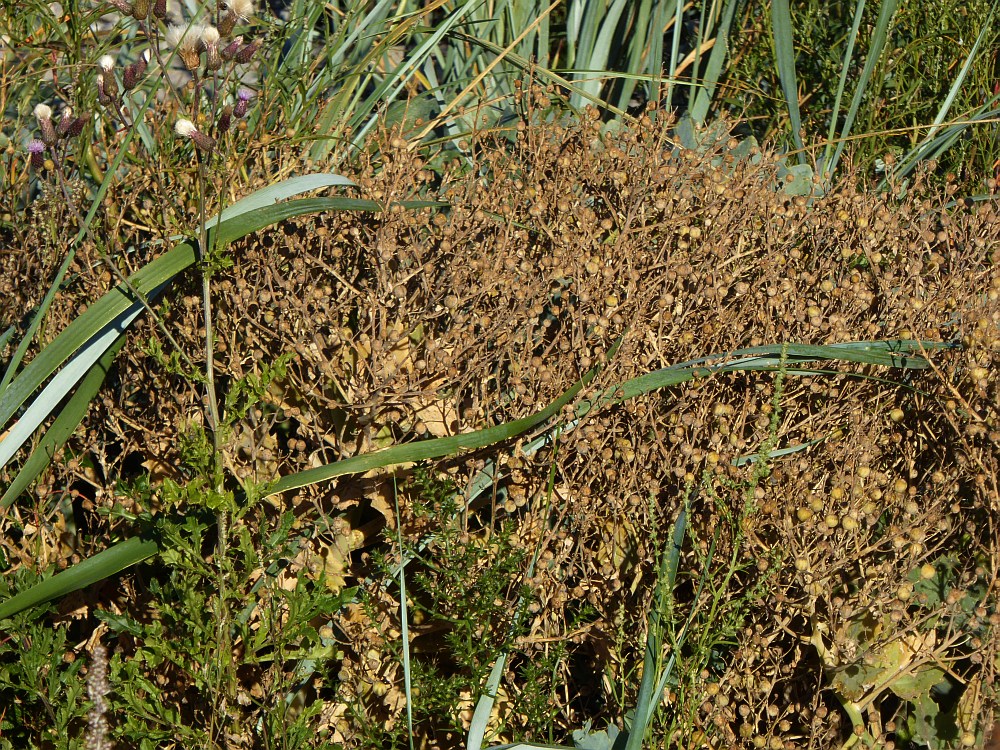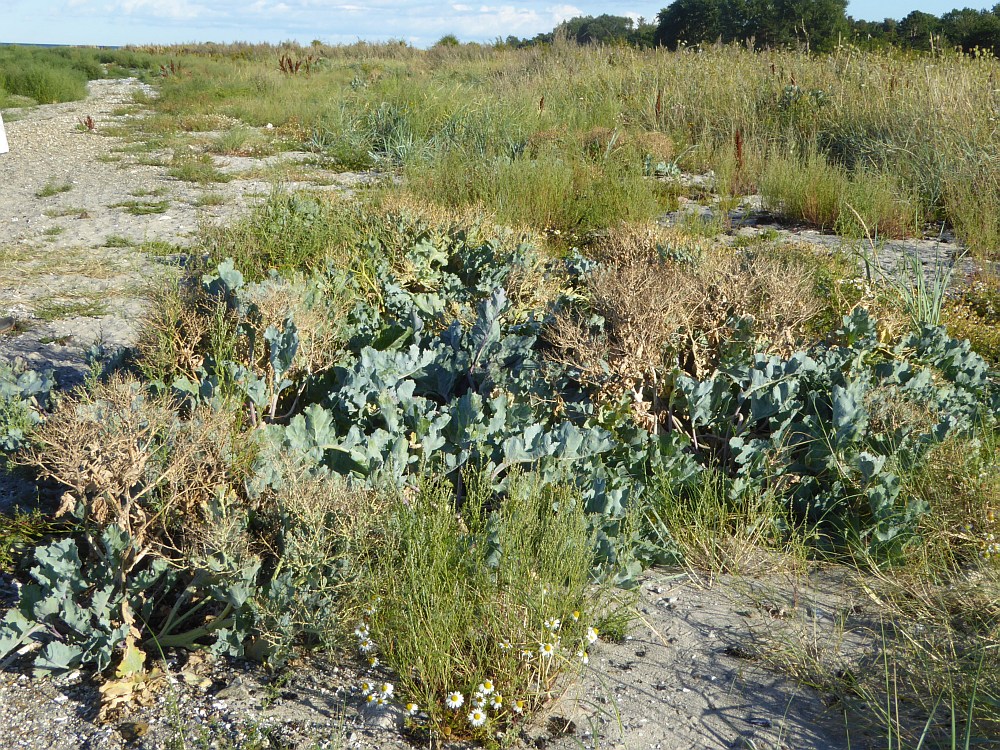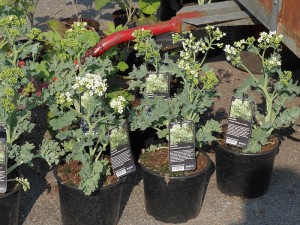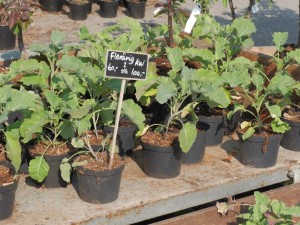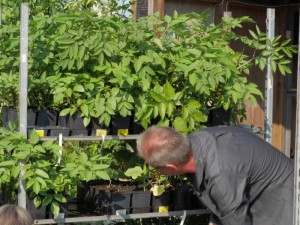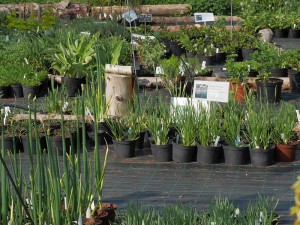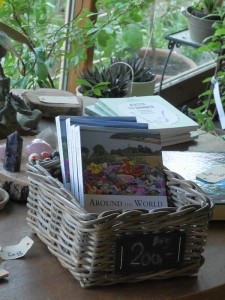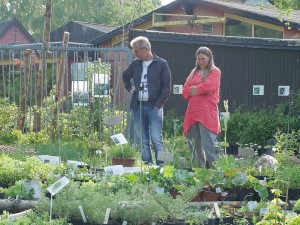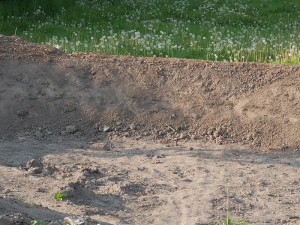Having completed my course at Naturplanteskolen and guided walk at Grennessminde in August 2016, I was “rewarded” by being taken on a botanical excursion to the island Langeland. These pictures were taken at the north tip of the island which had a luxurious seaweed fertilised vegetation of some familiar perennial vegetables! Thanks to Aiah Noack of Naturplanteskolen :)
Tag Archives: Crambe maritima
Directions for the culture of sea kale from 1799!
In my book, I wrote the following in my account about Sea Kale (Crambe maritima):
“Domestication of sea kale (in the UK) seems largely to have been due to the efforts of the botanist William Curtis, who was Praefectus Horti at the Chelsea Physic Garden in London in the 1770s. It is still grown there (see photo 7). He wrote a pamphlet, ‘Directions for the culture of the Crambe maritima or Sea Kale, for the use of the Table’ in 1799 to bolster his efforts in introducing it as a market vegetable”
I’ve now finally managed to get a copy of it thanks to a coincidental meeting with Sheila John of the Curtis museum in Alton, Hampshire who attended a talk I gave at the Sir Harold Hillier Gardens in May 2015 (see http://www.edimentals.com/blog/?page_id=1281). We kept in touch and I will actually be giving a talk at the Curtis Museum on 27th April! The museum kindly purchased a copy of the pamphlet on Sea Kale from the Natural History Museum in London and sent me the pdf copy which you can download below!
A great little historical docment, here are a few quotes which I found interesting:
“Brassica dobrica: kale found at Dover (Dover Cole)”
“…….in some grounds a troublesome weed” !
“Authors describe a variety with jagged leaves, such we have not seen….”
“As an article of food, Crambe maritima appears to be better known here than in any other part of Europe.
”..on many parts of the sea-coast, especially of Devonshire, Dorsetshire and Sussex, the inhabitants for time immemorial, have been in the practice of procuring it for their tables, preferring it to all other greens”
“The more curious, desirous of having it near at hand…..have now in many of the maritime counties introduced it to their gardens, and in Devonshire particularly, almost every gentleman has a plantation of it….we have been informed it has for many years been cultivated for sale in the neighbourhood of Bath”
“My friend Mr. Wm.Jones of Chelsea tells me he saw bundles of it in a cultivated state exposed for sale in Chichester market, in the year 1753”
Norwegian articles on edible halophytes and biosaline agriculture
Here are scans of two articles I wrote published in 2004 (in Norwegian) in Våre Nyttevekster. The first one is about great edible salt tolerant plants (halophytes) such as Tripolium vulgare (syn. Aster tripolium), Sea kale (Crambe maritima) and Beta maritima (sea beet), articles that were later expanded in my book Around the World in 80 plants!
For various reasons large areas of conventional agricultural land around the world are becoming too salty to grow conventional crops due to intensive cultivation with irrigation leading to salt build up in the soil. In places like the Netherlands coastal agricultural land is impacted by salt water from the sea. One can either try to breed increased resistence to salt in conventional crops or develop non-conventional crops based on wild species that naturally tolerate high levels of salt, so-called halophytes.
Diamond back moth invasion
One of the worst invasions of diamond back moth / kålmøll happened a couple of days ago….here is a video showing hundredds swarming over one of my Lily White sea kale plants which is about to flower. Luckily they never do much damage to sea kale (Crambe maritima) as the harvest is over before they arrive, one of the big advantages of perennial brassica…on the other hand, annual brassica crops are being planted now in my area…they have little chance against these tiny moths….
I blame the rapeseed oil industry for this…they don’t overwinter here, but they migrate passively on warm winds from central Europe and Russia, even reaching Svalbard and Northern Norway…



